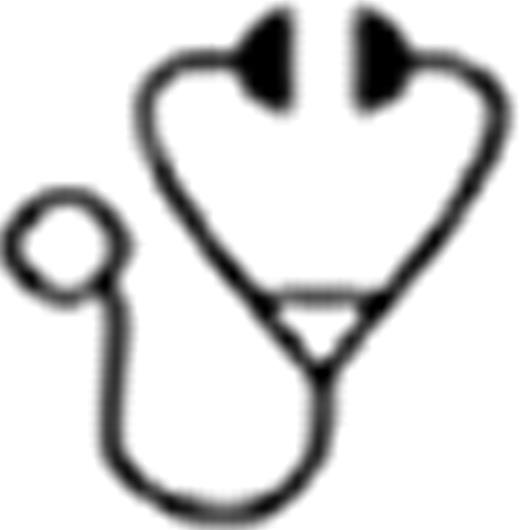Abstract
Abstract 3012 FN2
FN2
The hepatic sinusoidal obstruction syndrome (SOS; veno-occlusive disease [VOD]) is an acute complication after allogeneic hematopoietic stem cell transplantation (alloHSCT). However, the actual incidence and outcomes after alloHSCT in patients with adult acquired aplastic anemia (AA) was not defined yet. We investigated the incidence, risk factors and outcomes of SOS in AA. Data was taken from our previous retrospective study comparing matched sibling donors versus alternative donors (KSBMT07-02 study) and prospective randomized phase III study comparing cyclophosphamide (Cy)-ATG and Cy-fludarabine (Flu)-ATG (COSAH C-004A study) in patients with adult acquired AA.
Total 260 patients were included in this analysis. SOS developed in 7.3% (n=19/260). SOS patients were male in 13 (68.4%), related donors in 84.2%, HLA full-matched in 73.7%, same donor-recipient sex matching in 63.2% patients. There were no TBI containing conditioning regimen and all patients received Cy containing conditioning regimen. The majority (94.7%) received ATG as condition regimen; horse ATG in 73.7% and rabbit ATG in 21.1% patients. Classical Cy (200mg/m2)-ATG was the most common conditioning regimen (84.2%). Sixteen patients (84.2%) received preventive medication of SOS and the major drug was heparin (78.9%). Among the diagnostic criteria of SOS, weight gain was observed in 17 (89.5%); hepatomegaly in 14 (73.7%); hyperbilirubinemia in 17 (89.5%) patients. The average total bilirubin was 6.65 (range 1.8–26.9) mg/dL. The severity of SOS was mild in 10 (52.6%), moderate in 6 (31.6%) and severe in 3 (15.8%) patients. Treatment for SOS were supportive care (72.2%), UDCA (16.7%) and corticosteroid (11.1%). All severe cases died of SOS and one moderate case died of multiple organ failure combined with infection without recovery of SOS. Therefore the mortality of SOS was 4/19 (21.1%). The probability of mortality by SOS had no correlation with weight gain (p=1.000), hepatomegaly (p=0.524), hyperbilirubinemia (p=1.000), maximal total bilirubin (p=0.239) or maximal direct bilirubin value (p=0.184). The frequencies of SOS were not significant in male (p=0.126), older than 31y (p=9.8%), prior IST (n=10/116, 8.6%; p=0.465), prior ATG usage for IST (p=0.846), unrelated donor (p=0.216), HLA mismatch (p=0.340), female to male matching (n=3/46, 6.5%; p=0.935), ABO incompatible (n=10/125, 8.0%; p=0.680), TBI conditioning (p=0.232), cyclophosphamide (p=1.000), ATG conditioning (p=0.325), fludarabine condition (p=0.221), busulfan conditioning (p=1.000), cyclosporine prophylaxis for GvHD (p=0.272), methotrexate prophylaxis for GvHD (p=0.170), bone marrow as a stem cell source (p=1.000). However, Cy 200mg/m2 conditioning (p=0.035), classical Cy-ATG condition (p=0.007) and horse ATG conditioning (p<0.001) were significant risk factors in developing SOS in univariate analysis. Multivariate analysis revealed that only horse ATG conditioning was the poor prognostic factors (HR=3.484; 95% CI 1.226–9.904; p=0.002).
In conclusion, SOS is a relatively rate acute complication of alloHSCT in AA (7.3%). However the mortality of SOS is still high under supportive care. Horse ATG conditioning regimen was a significant risk factor for developing SOS.
No relevant conflicts of interest to declare.
Author notes
Asterisk with author names denotes non-ASH members.

This icon denotes a clinically relevant abstract

This feature is available to Subscribers Only
Sign In or Create an Account Close Modal